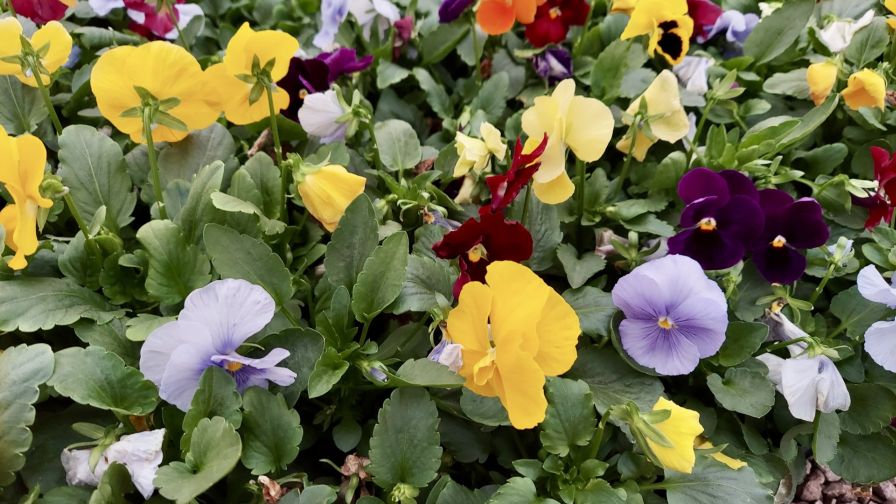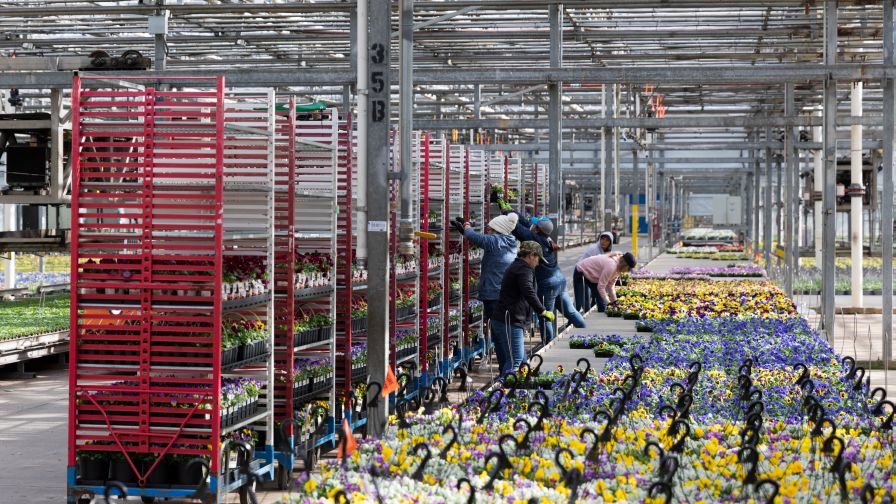Stores Big On Plant Sales Vs. Stores With Diverse Products [Infographic]
Garden stores are a diverse bunch. Some sell plants almost exclusively, while others focus more on a garden lifestyle, where plants are almost an afterthought. There are a lot of stores between those two extremes, and no two are alike.
But it’s fair to say that those who have most of their gross sales coming from plants tend to think those stores where plants generate less than half of annual sales are … not quite legitimate.
So we took a closer look at what kind of differences we could find between the two groups from how they responded to our 2015 retail State Of The Industry survey.
What was most striking was how few differences there were. Even if plants made up fewer than 50% of gross sales, there was a less than 10% difference in the number of stores who stocked all plant categories, with one exception. Plant-majority stores were 13.4% more likely to carry house plants and tropicals. In every other plant group, however, the numbers were very close.
The big differences come from diversity of products and the overall sales volume. Stores with less than 50% of gross sales stemming from plants tended to be bigger operations and were more likely to have holiday and gift departments, as well as big-ticket items like furniture.
Take a look at our infographic below. We highlight only those areas where the two groups diverged by more than 10% in their responses.











